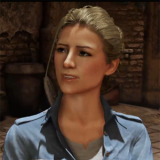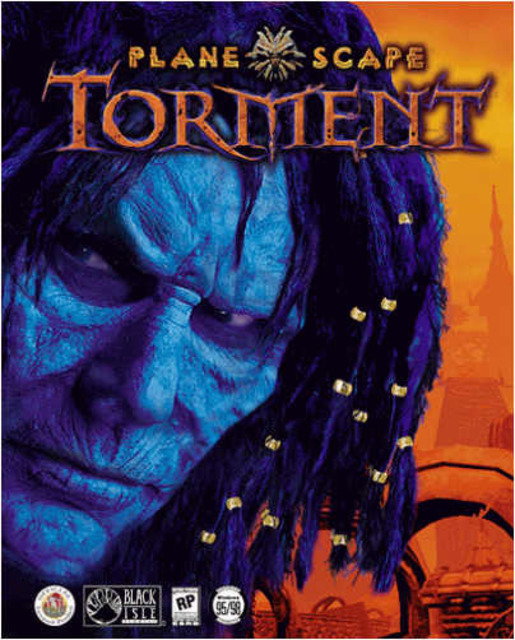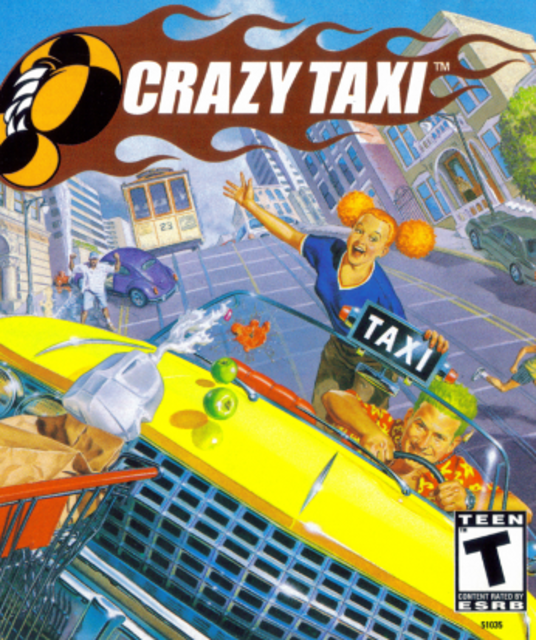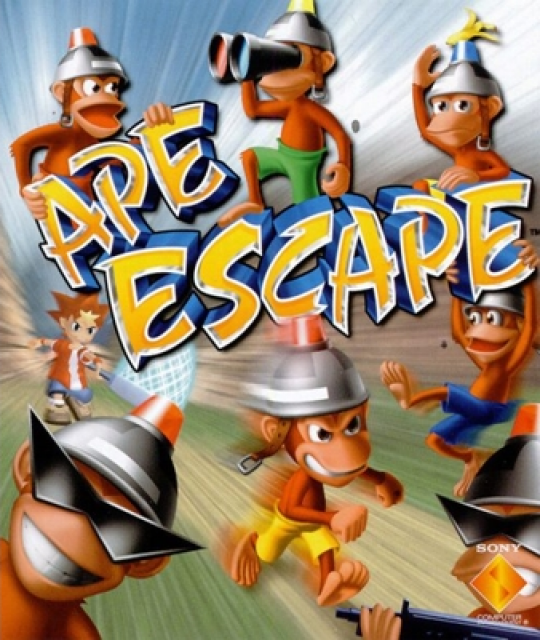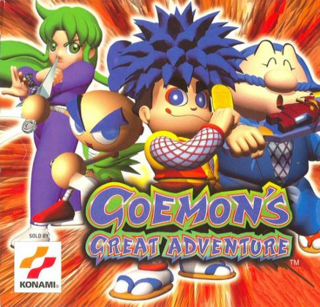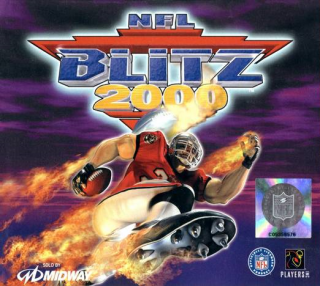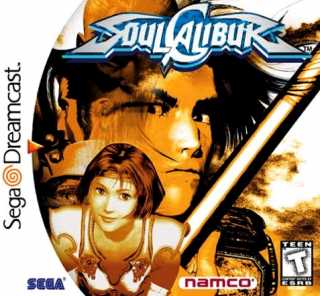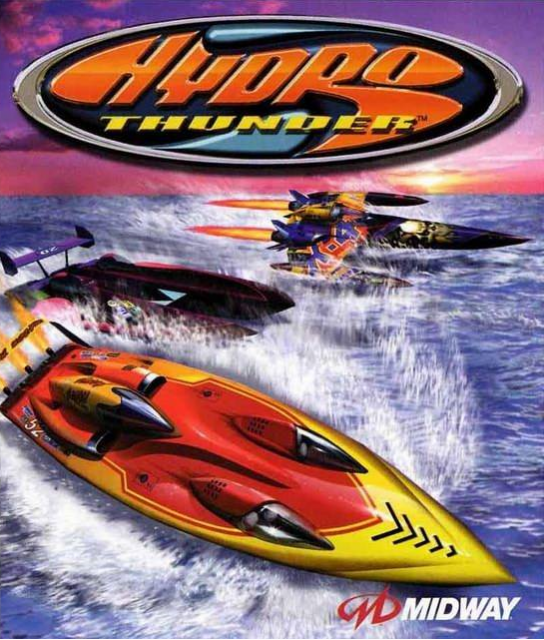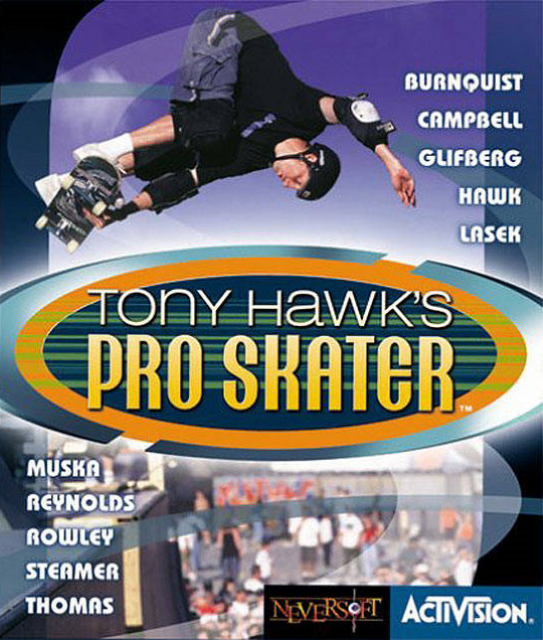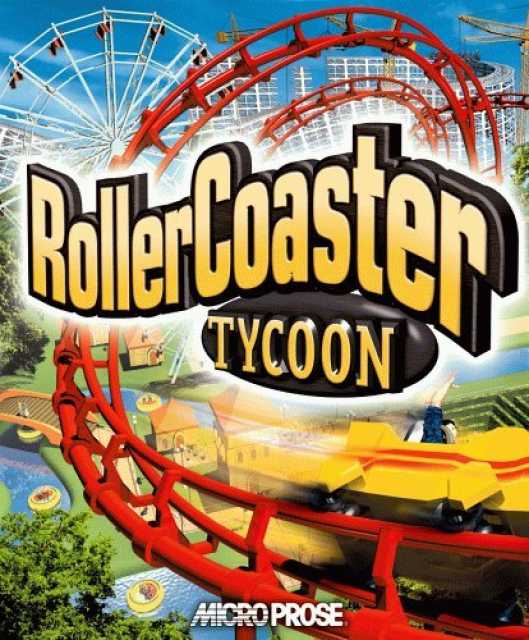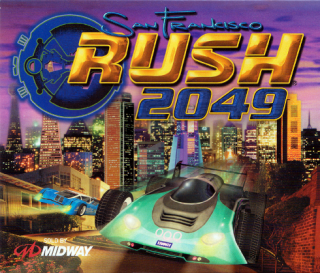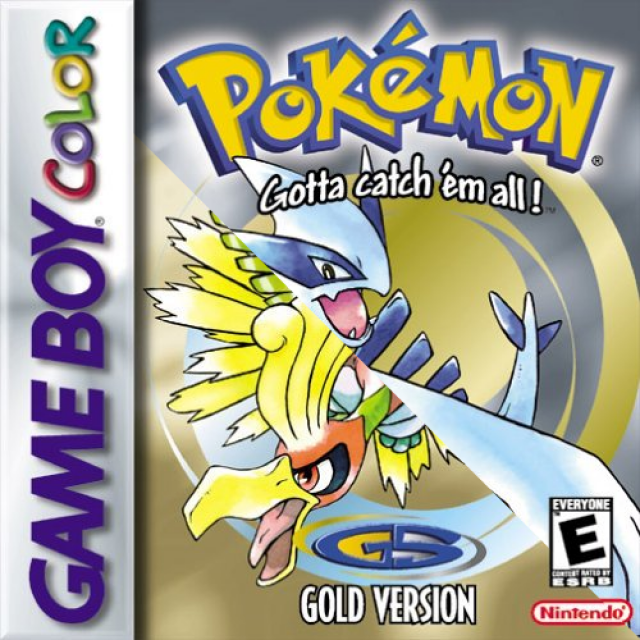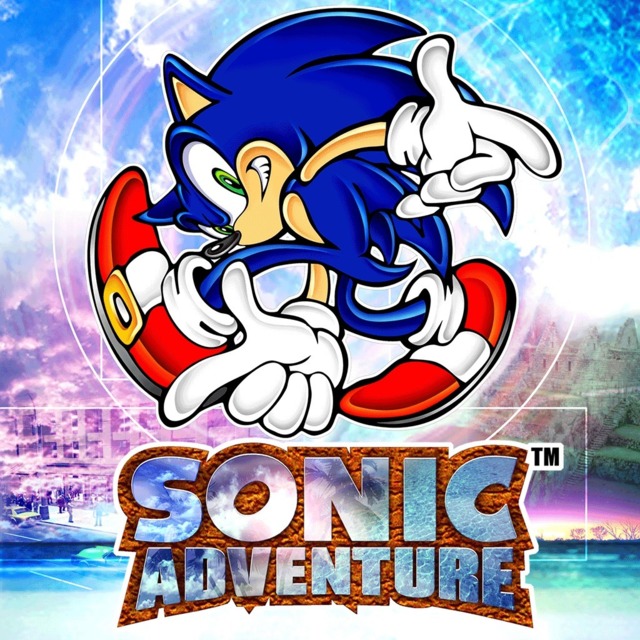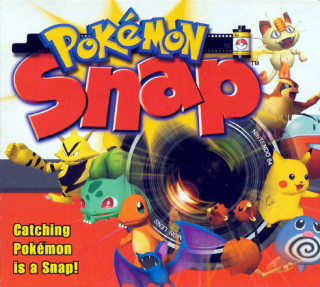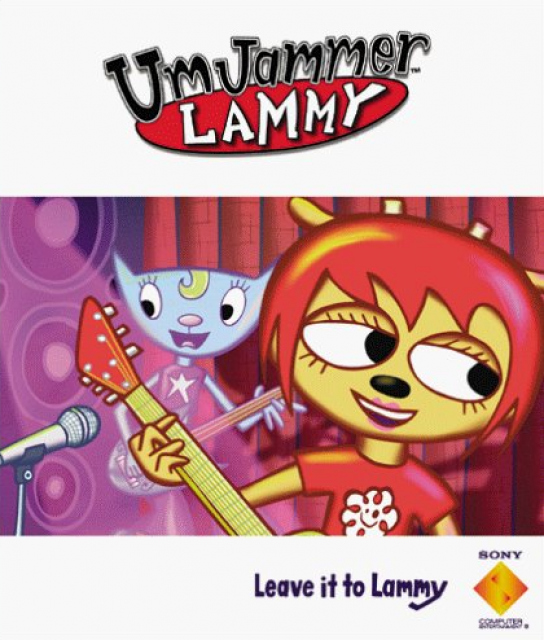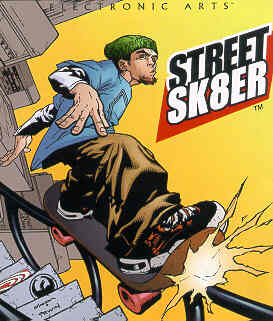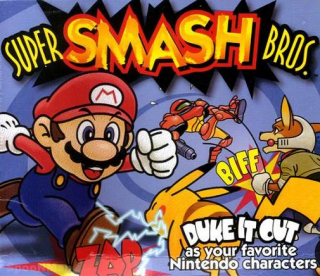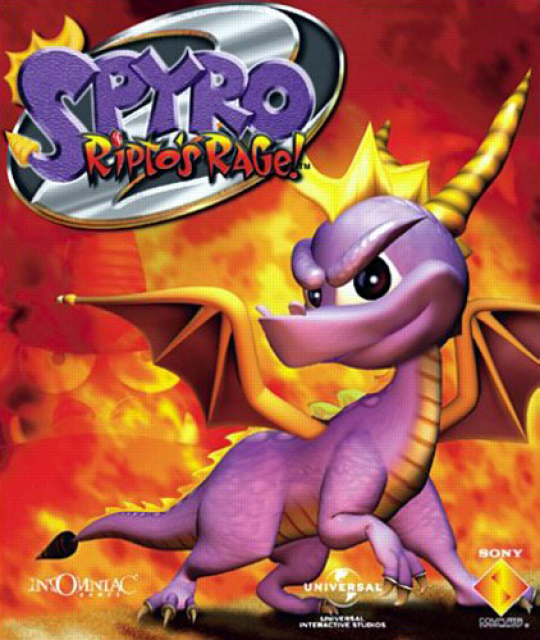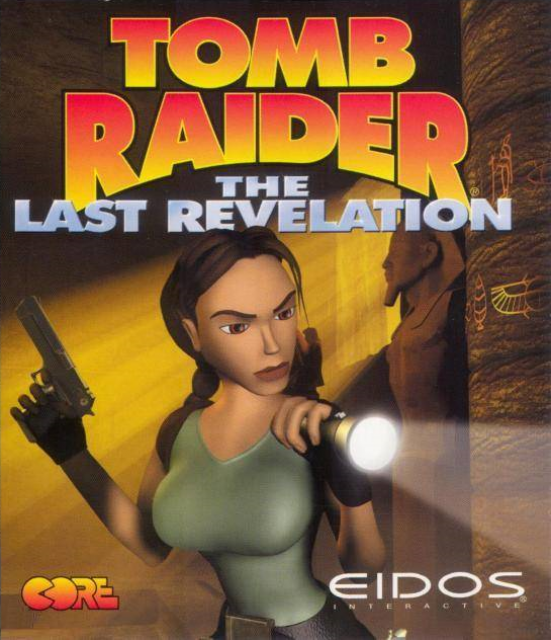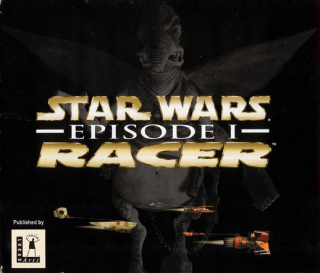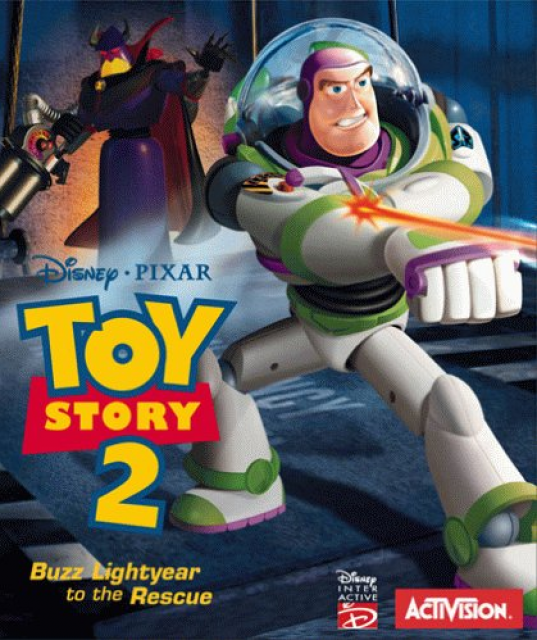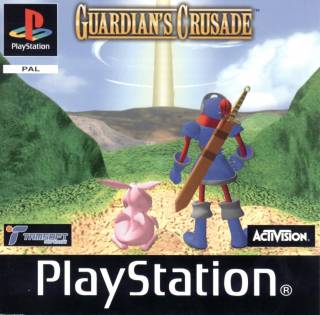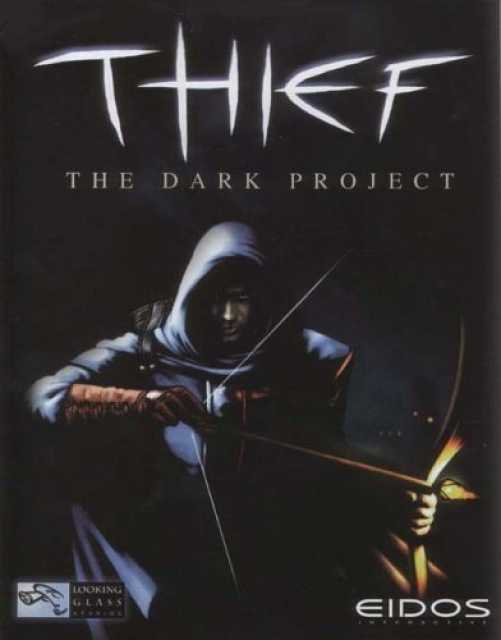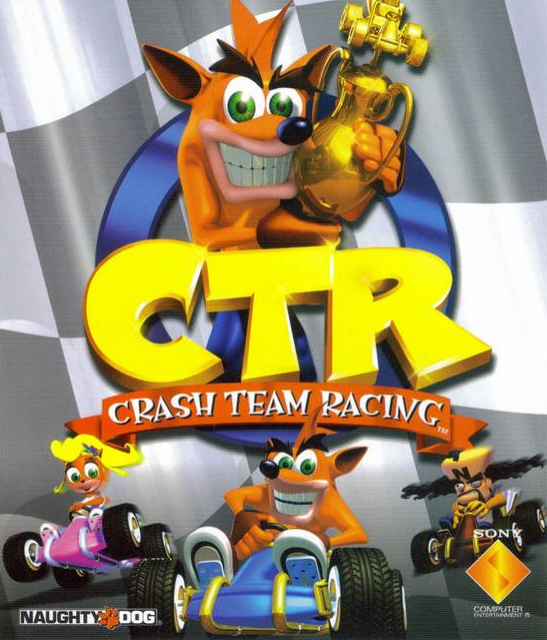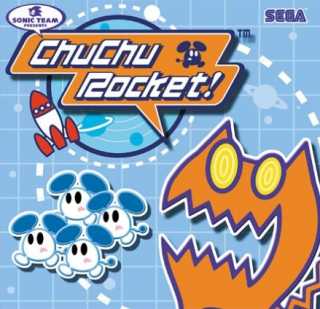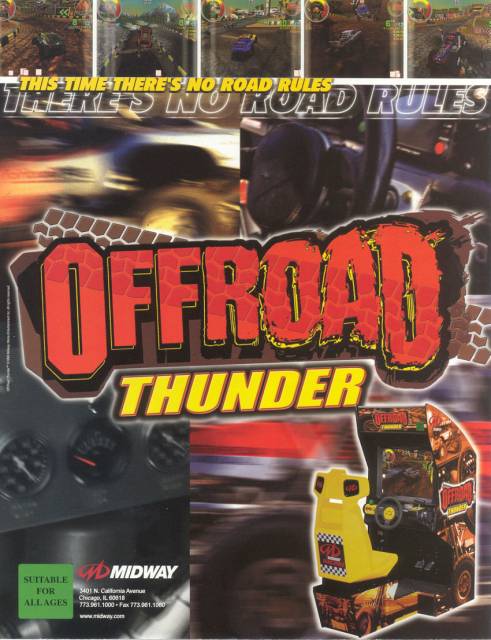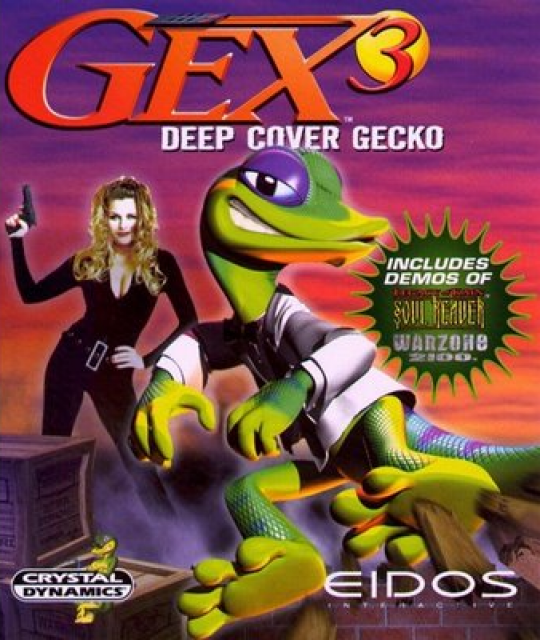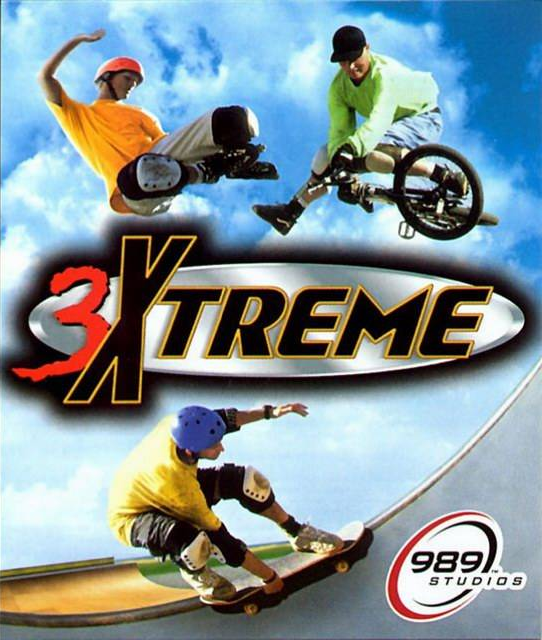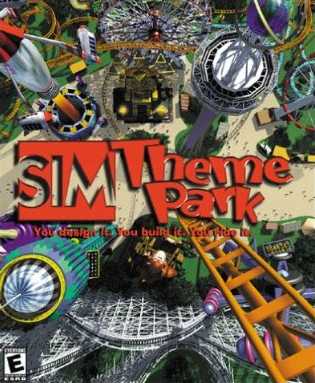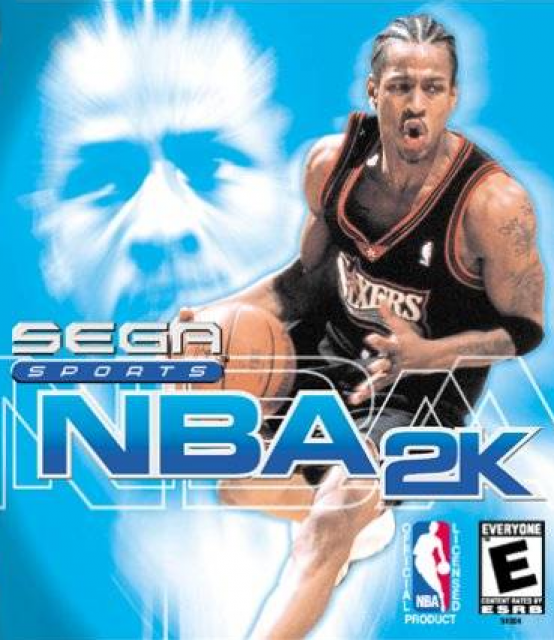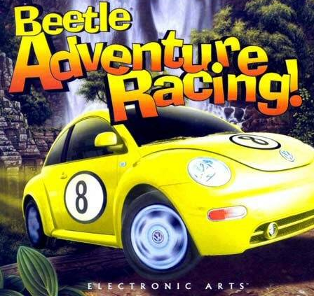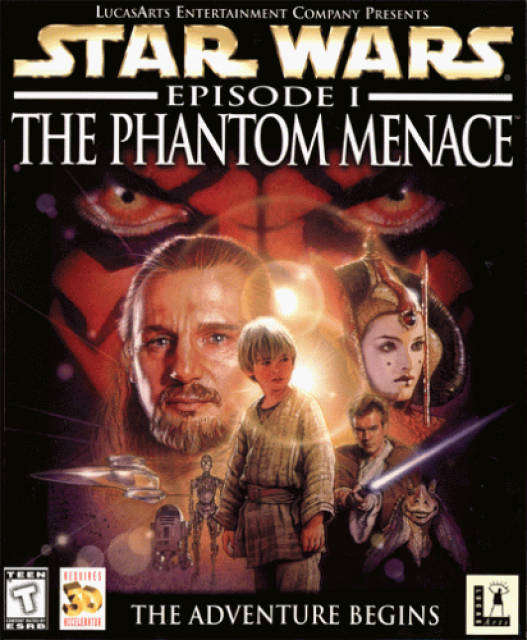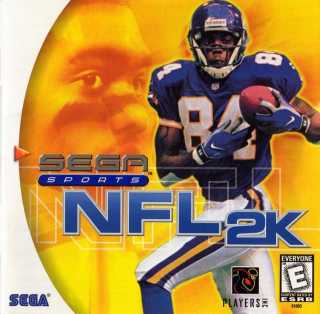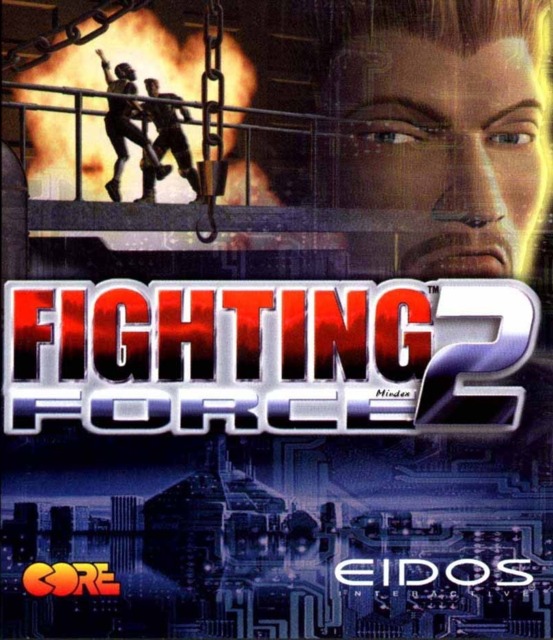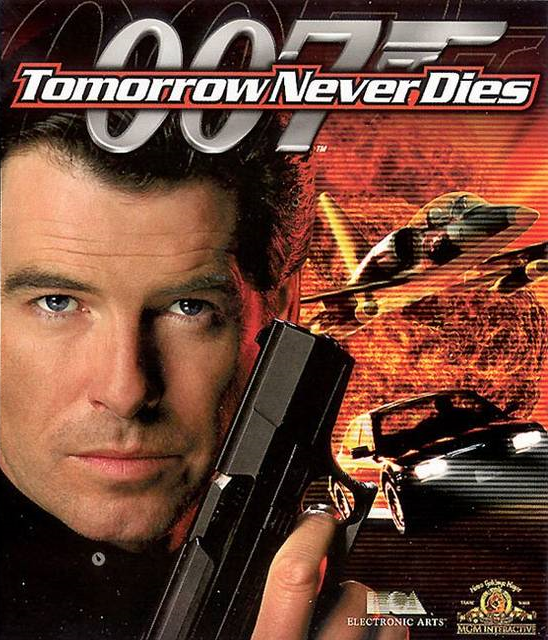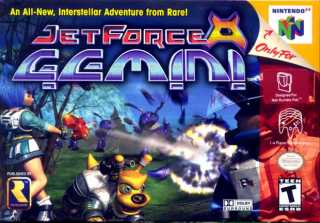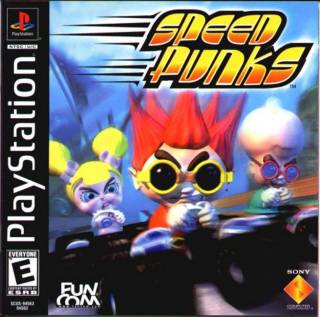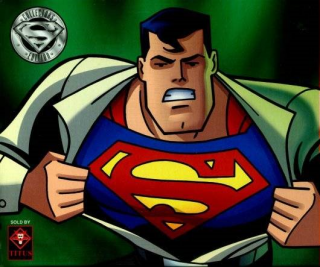List items
-
-
-
-
-
-
-
-
-
-
-
The Rush series has been totally lost to time. I never see anyone talking about it anymore, but it was ubiquitous in American arcades (and, like, dine-in pizza restaurants) for years. None of the individual design aspects of the Rush series could measure up to competition in the genre, even amongst Midway games. Rush games had only a fraction of the speed as, say, Hydro Thunder, and only a paltry level of control and additional mechanics in comparison to a WipeOut or even a Mario Kart.
The thing the Rush games *did* have that none of the other games was this: they somehow perfectly captured the energy of a kid playing with matchbox cars in video game form. Even the Burnout series, which pioneered the - idk how to put this - the, uh, catastrophe racing genre, never developed the pure boyish energy of the Rush series, because Burnout always has you racing with what feel like real cars. Rush games have you racing what amount to toys against one another. The home versions had a mode called 'stunt mode' in which players launch their cars off of improbably enormous pieces of geometry to score an arbitrary number of points. Because why not? San Francisco Rush 2049 is the best of the series, because it gives all of the cars ejectable wings to glide over obstacles and do barrel rolls. Because - again - why not?
-
It's difficult to generate anything interesting to say about each iteration of the Pokemon formula, because each iteration of the Pokemon formula is functionally identical to the prior entries. Gold and Silver was a big leap forward for the series' visual style (as well as it's general technical presentation), but ultimately it's a whole lot more of the original title with extra parts and different monsters.
This has always been my problem with the series, and the reason why I totally tuned out of it after the first two. Each entry expands upon the last, but only ever in the one direction: more monsters, different places. It never explores it's tertiary concepts. The world of Pokemon is predicated on the capture and battle of (basically) magic animals, and consequently basically everything that exists has Pokemon lore in it. There are 'ghost' Pokemon, for example. Why not throw in some side-quests that explore what the fuck that means? That you can capture and battle a bunch of ghosts? Let me be a Pokemon ghost hunter. Or the little hospitals that litter the game world like Starbucks locations - let me play as a Pokemon vet for a bit.
Or something! The one thing Gold and Silver did add was the ability for the player to engage in Pokemon husbandry. If you had asked me, even as a kid, what my feelings were on breeding as a back-of-the-box Pokemon feature, I would've told you 'that is the very last thing I think I was added to this experience.' And I would've been right.
-
Sonic Adventure redefined one of the most popular video game franchises of the decade, completely shifting the cultural perception of what a Sonic game could be, and single-handedly created the single-most iconic sequence on the SEGA Dreamcast. It also happens to be a *terrible* game. Sonic Adventure definitely isn't as bad as the shovelware trash SEGA would produce over the course of the next two decades, sure, but it's also a singularly ugly, messy experience considering its budget and mass appeal. The only reason people don't talk about this game like it was a big disaster contemporaneously is because the only part of it anyone remembers is that stunning first level. That is very much to the game's favor, because the second the rest of the game unlocks and the player is given access to the hubworld, the entire thing collapses in on itself.
-
-
Um Jammer Lammy has all the fun and color of Parappa The Rapper, but a fraction of the icon. Parappa's goofy, effervescently '90s rap-a-longs were ultimately a better fit for NanaOn-Sha's simplistic rhythm game mechanics. Um Jammer Lammy is a good game, but it feels like an afterthought in comparison to its progenitor series.
-
There were so many bullshit Tony Hawk knockoffs in the '90s, all of which I kind of like, but Street Sk8er is probably my favorite. It's an adaptation of a skateboard peripheral-based arcade game from the time, in which the player would navigate a linear level earning as many points as possible before hitting the finish line. I say 'adaptation' because Street Sk8er shares that game's assets and general game design, but actually features completely different levels.
Anyway, put more simply, Street Sk8er was basically 'what if you slammed Tony Hawk's Pro Skater into SSX,' except it came out before SSX even existed. It's got linear, colorful levels, a swath of radio-friendly pop punk and physically impossible tricks. Pretty good time.
-
-
The Spyro series is weird because each new entry has the stuff I felt was missing from the prior game yet somehow feels worse off for it. Riptor's Rage is more varied that the original, has an expanded move set, more stuff to do, better hubworlds - yet the level design feels consistently a little worse. The added mechanics make everything slightly more frustrating, too. It's not, like, a steep drop off in quality over the first game or something, just a busier, less engaging experience.
-
Four games in, and just about everyone was getting sick of Tomb Raider. Critics, players - hell, even the developers had gotten sick of Lara, hence the "Last Revelation" part. This has always been my least favorite of the Tomb Raider games from any era. While it manages to deliver a more personal, narrative-heavy campaign than the first three games, it also was relatively modest in scope, to its detriment. Most of The Last Revelation (to my memory, at least) is one big Egyptian tomb-crawl, lacking the globe-trotting flavor of Tomb Raider 2 or 3 or even the visual diversity of the original's nonsensical, logic-defying arenas. As a result, The Last Revelation was the most basic of the Tomb Raider games - even its successor, an athology-style game called Tomb Raider: Chronicles, managed to stick out in the mind more in spite of the fact that it was even more of an obligation rather than an inspired new entry.
-
Racer could have been a generic kart racer - a ubiquitous product in the year 1999 - but instead modeled itself after the comparatively complex WipEout series. This was an extremely smart choice, elevating what might otherwise have been a 'video game as marketing' product (see: Star Wars: Super Bombad Racing) into a true - if limited in scope - 'podracing' simulation. This is a conceptually neat idea: take an occupation, event, or in this case a sport from a different media property and spin it off into its own discrete experience. The specificity alone makes Racer a greater game than nearly all of the Star Wars: Episode 1 games.
-
Buzz Lightyear to the Rescue is about as sloppy to play as you might expect from a licensed tie-in to a '90s-era cartoon, but the developers were able to use Toy Story's miniature scale to create some pretty fun levels. Unlike the original Toy Story games, which basically took Donkey Kong Country and slapped Toy Story stuff on top of it, the entirety of Buzz Lightyear to the Rescue! was designed with its titular character's small stature in mind. Opening levels have the player scaling appliances, stacked boxes and stuff like that. It's a pretty novel platformer, all things considered.
-
Guardian's Crusade was a pastiche of '90s JRPG tropes bundled up into a colorful and friendly package. It featured: Earthbound-style enemies which could be avoided while traveling the open world, graphically-enhanced (that is to say, less transparently polygonal) FFVII-style visuals, Persona-style capturable-summons, and even a Pikachu stand-in. That's a lot of stuff in a little package!
Still, despite the fact that Guardian's Crusade was pleasant enough to play - despite the fact that it was aping every JRPG on the market at once, it was nevertheless competent at doing so - it lacked any one differing quality that would enable it to stand on its own. One of the game's big selling points was that everything existed within this one, big, explore-able open world as opposed to the discrete, segmented nature of the Final Fantasy or Dragon Quest games, but if the only things worth finding in that open world are regurgitated concepts from other games, that doesn't really count for much.
-
Thief Gold
Thief Gold, a proto-DLC rerelease of the original Thief, reworked certain elements of Thief's design and added three new levels. The three new levels are obviously the biggest additions to the original game, and let me tell you what, they're fucking *awful* levels.
Look: I can appreciate Thief in an abstract sense, from a distance, where I do not have to play it, but what I can't appreciate is its demented urge to ruin the player's life with its incoherent enemy behavior, nonsensical puzzles and genuinely insane maze levels. Thief Gold only compounds the problems of the original game, adding the worst of the worst levels to an already too-arduous campaign. Thief Gold's levels are *fucked.*
Seriously: go and Google "Thief Gold Thieves Guild" or "Thief Gold Mage Towers" and read the forum results. Players are getting to these levels and rage quitting the entire game *decades* after its original release. For context, regular Thief levels generally last between twenty and forty minutes, with forty minutes being the extreme exception to the rest of the levels. Thief Gold's levels took me 90 minutes *before I used level skip because I got too frustrated*.
Thief Gold's levels expand on the core design traits of the rest of the original game in the *worst* way possible, min-maxing the game's worst qualities over its better qualities. Like the rest of Thief, I genuinely appreciate what Looking Glass Studios was going for, and there are a couple moments in which its strange and alien environments mesmerized me out of my frustration, but actually trying to play through this game contemporaneously is fuckin' *punishing.*
-
In 1999, if you had a video game franchise, you were eventually going to produce either a lazy kart racer spinoff or a lazy car combat spinoff. Unsurpringly, nearly all of those spinoffs were awful. *Very* surprisingly, Crash Team Racing wasn't - in fact, it's better than some of the Mario Kart games that started the whole godforsaken trend.
CTR doesn't have the same variety of characters or courses that Mario Kart has, but it's got the stuff that ultimately matters in a game like this. The Mario Kart series, perhaps in an effort to feel 'friendlier' to new players, always have this sorta weightless, airless quality to them; you always get the sense that you're racing bumper cars. They pull skilled players and unskilled players alike into the middle of the pack thanks to the way better weapons are assigned to slower racers. CTR, on the other hand, prioritizes speed and impact over all else. While its weapons aren't as exciting and its characters lack the icon of Nintendo's mascots, the moment-to-moment play feels comparatively fantastic. It's a great racer first and everything else second, which is preferable to the waffling, inconsistent nature of other games in the genre.
Crash Team Racing might be yet another kart racer, but if you had to play one, I don't think it gets much better than this.
-
ChuChu Rocket! is quintessential Dreamcast fodder, but it's not a particularly fun or interesting game in its own right. I'd say I miss the aesthetic more than the actual gameplay.
-
The fact that the developers at Midway were unable to take the pristine joy of Hydro Thunder and apply it to monster trucks was one of the more disappointing aspects of my adolescence.
-
With the first Gex game, it was like, "OK, it's really weird conceptually to have a mascot platformer as a vehicle for bad celebrity impressions, but whatever, fine, it's the '90s, go for it." With Gex: Enter the Gecko, it was like, "uhhhh OK, not my first thought that Gex would become a Mario 64-style platformer which parodied TV, but I can see how you'd arrive here, it mostly works." Once Gex 3 introduced sleazy, horny live action video of a Playboy model, I fully lost the plot. What the fuck was going on, here???
-
3Xtreme, the third game in the Xtreme series (yes this is real), was the first time the MX/Skateboarding/Rollerblading slalom game went 3D. This is another one of those games that could only proliferate in the '90s. It features an incredibly limited feature set, lacking the Tony Hawk series' unlocakble end game videos or its fully explorable levels. Courses were linear and nondescript. You could see the entire game in the span of maybe an hour, if that. True Blockbuster fodder.
-
Considering the proliferation of Roller Coaster Tycoon-likes in the '90s, it was inevitable that EA would force Maxis to churn out an EA-branded version of the game. Thing is, that's actually wrong - this isn't a Sim game at all! It has nothing to do with the Sim series or Maxis in any way. This is a completely different game called Theme Park World rebranded with the Sim title for sales purposes.
As far as theme park simulators go, Theme Park World is pretty OK. It lacks Rollercoaster Tycoons more exciting features - there's no real ride-building mechanics or robust landscaping tools or anything like that. Really, it's much more of a business simulator first and nothing else second. It's likable enough, but as far as these kinds of games go, it's mostly busywork. Boring stuff. I much prefer, say, the weirdness of Sim Ant, the meta-narrative history lessons of Game Dev Story, or the wild nonsense of the Tycoon series.
-
The sim-like nature of the 2K games is easy to appreciate in retrospect. As the contemporary EA games try to shove single player storylines as a feature alongside all the microtransactions and stuff, I find myself retroactively missing the sim-y nature of the SEGA titles.
-
This is the kind of game that could only have come out in the '90s. A time-traveling kart racer in which all the karts are different models of the Volkswagon Beetle. Sure, man. This game was better than you might think, but my lord what a bizarre excuse for a kart racer this is.
-
So many video game adaptations of Star Wars Episode I launched around the time the film released that it practically became its own cottage industry of lousy video game tie-ins. There was a kart racer, a bunch of action games, side-scrollers, an arcade-like, a flight combat game - they were everywhere. This PS1 adventure game was one of the least memorable, but it was also maybe the most ambitious, creating an epic-scale action adventure through the many locales of the film. Unfortunately, every single component piece of the game is so generic that it doesn't really matter. This is a worse than the sum of its parts kind of video game.
-
The 2K series always struck me as the 'respectable' Football game, whereas Madden was the arbitrarily expensive, bro-y, EA Trax-ified take on the sport. So of course the 2K games were obliterated from the market!
-
The original Fighting Force was a generic 3D beat 'em up developed immediately following the era in which beat 'em ups were actually popular. This bizarre sequel yanks the least interesting character from the original's ensemble cast, throws him into a cyberpunk future, and recasts him as a Syphon Filter-esque secret agent. Why? Frankly, I don't know. This is one of the most baffling sequels I've ever played. Fans of the original (if there were, indeed, fans of the original) wouldn't be happy with it, considering the fact that every part of it is philosophically parallel to the original title. People who generally enjoyed this era of spy thriller aren't going to get much out of it, either, as it lacks functional stealth mechanics. And it's certainly not a great example of cyberpunk fiction. Very, very weird.
-
This was a horrible movie-tie in to a pretty terrible James Bond movie. It's extremely easy to summarize: they tried to make a Syphon Filter clone with the Bond license on what was probably a fraction of the development time and budget. There you go. That's everything you need to know about Tomorrow Never Dies.
-
I had an extremely weird experience with this game when I was a kid. My parents bought it for me when I was really young without really checking to see what it was. As it turns out, it's a third person shooter in which anthropomorphized ants explode space teddy bears, which in turn compels you to explode them. It's extremely stupid. But anyway, when selecting your character, the game shows you this weird xray scan effect of your characters musculature and their nervous system. I was, like, 6 or something and had never seen that before, and for whatever reason, seeing my guy's brain and eyeballs floating freely in the air onscreen scared the ever-loving piss out of me. I had nightmares for a week. Jet Force Gemini psychologically scarred me. I hid the game at the bottom of my collection, vowing never to put the cartridge in my N64 again.
Anyway, I played it again as an adult as part of Rare Replay, and - well, frankly, this is a really stupid and boring game. It's not even really worth unpacking in and of itself. It's a clunky 3rd person shooter made for a console designed to do anything except for 3rd person shooters, meaning Rare had to spend a lot of effort ensuring their game was functional rather than particularly good. And that's that on that.
-
Speed Punks: the most '90s Mario Kart ripoff? The proliferation of the platformer in the '80s and '90s led to an endless series of generic, interchangeable, full-price shovelware, and that was terrible. I think the shovelware kart racers might've been worse.
-
Few games are as maligned as Superman 64, and frankly, I think I understand why. It's not that Superman 64 is inherently worse than the many shovelware titles which nobody comments on or remembers: Superman 64 is a part of one of the biggest multi-media franchises that exists, it's very difficult to play, and most importantly, it is *completely fucking baffling as a video game.* The vast majority of players never complete the first level, because Superman 64's first level is an insane nightmare, an incomprehensible series of non-sequitors about completing obstacle courses and blowing out tornadoes with your super breath (?).
Players who stick with it will find that Superman 64 gets more legible once you complete the first level. That said, it's a marginal improvement; no one who has encountered this game without prior knowledge has naturally unpacked what is going on with it or why. It is a deeply strange, frustrating video game.
-
If I had to produce a list of, say, five artifacts which prove the 1990s were an annoying decade, Elf Bowling would be one of them. I mean, it's just a Flash bowling game, sure, but the entire project is predicated around showing you maimed, vomit-covered gnome bodies as a joke. I'm not saying that because I'm inherently offended at the premise or think that the joke is self-evidently bad - I'm just describing what Elf Bowling is. It's a bowling game in which the pins are gnomes, the gnomes shake their naked asses at you, and you brutalize them with the bowling ball. The entire premise of Elf Bowling is that you will automatically enjoy that as a point of fact. Maybe if you're six years-old this is good? Maybe if you were over the age of fifty in the late '90s that's a really, really funny joke. Probably not if you are currently over the age of fifty today, though.
To be clear, I'm not accidentally calling the elves gnomes. No, the elves *are gnomes.* They're not even actually elves - they're just garden gnomes. They didn't even get the fuckin' elf part right!
